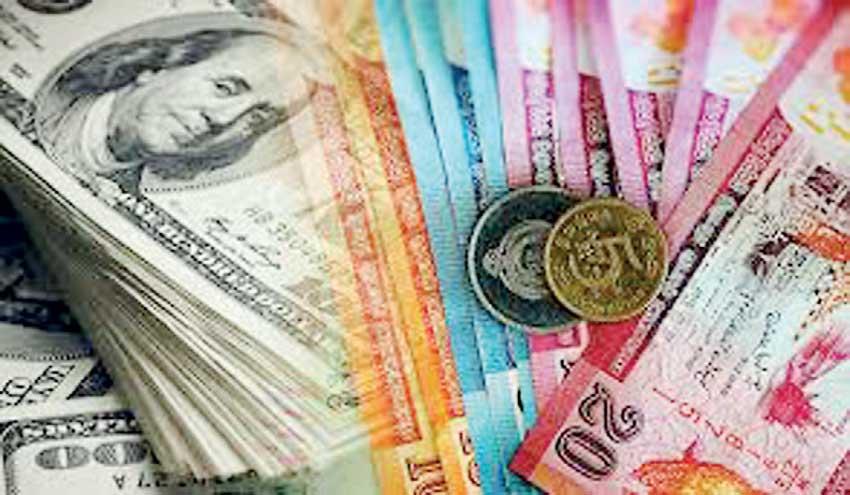Reply To:
Name - Reply Comment

Worker remittances income sank to a fresh low in February, continuing its poor performance for the ninth consecutive month, but the flexibility introduced to the exchange rate on March 7 gave is expected to reverse this trend at least to some extent from March onwards.
According to the latest data, Sri Lanka in February received US$ 204.9 million in remittances compared to US$ 579.7 million in the same month in 2021 and US$ 259.2 million January 2022.
Sri Lanka had fixed its dollar/rupee exchange rate at 198/203 before it was let go on March 7 as the country lost its foreign exchange reserves to defend the currency due to massive debt repayments and lower inflows as a result of the pandemic.
However, this led to parallel interest rates in the market with unofficial channels such as Undiyal and Hawala offering significantly higher rates and migrant workers choosing them over official banking channels.
Further, some migrant workers, specially those doing white collar jobs, completely refrained from repatriating money or repatriated a bare minimum, as they were spooked by various restrictions introduced by the Central Bank on foreign inflows including mandatory conversions, though most of such rules didn’t apply to foreign remittances.
The Central Bank tweaked the foreign exchange conversion rules last week in a bid to collect more foreign currency to rebuild reserves and to support urgent imports. However, the change in rules has no implications to exporters or migrant workers.
With the February data, Sri Lanka had received US$ 464.1 million in remittance income in total, approximately a third of the US$ 1,255.0 received during the corresponding period in 2021.
However, both commercial banks and the Central Bank last week confirmed that in the aftermath of the rupee float the banking channels have seen a significant increase in remittance inflows. March is typically a heavier month for remittances ahead of the April new year.
Sri Lanka saw a four-year peak in remittance income which reached US$ 7.1 billion in 2020 despite some brief setbacks during the height of the pandemic in March and April that year. But, its ascent fizzled out since June 2021 onwards since the country started confronting foreign currency liquidity troubles.